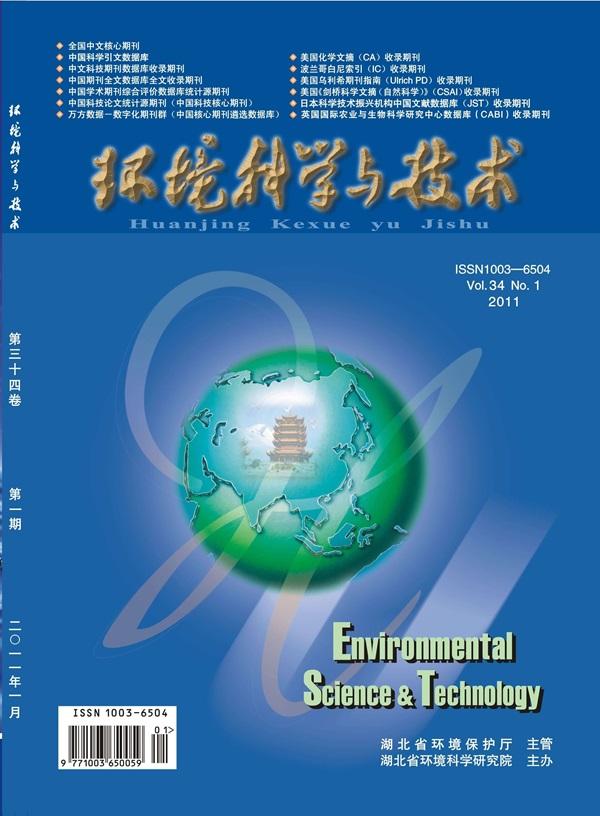Molecular Mechanisms Underlying the Impacts of Available-Iron Levels on the Accumulation and Translocation of 6:2 Chlorinated Polyfluoroalkyl Ether Sulfonate in Soybean (Glycine max L. Merrill)
IF 10.8
1区 环境科学与生态学
Q1 ENGINEERING, ENVIRONMENTAL
引用次数: 0
Abstract
Soil available-iron (Fe) is crucial for various physiological properties and processes in plants, particularly those related to the accumulation and translocation of per- and polyfluoroalkyl substances (PFAS). However, the mechanisms underlying the impact of available-Fe levels on PFAS accumulation and translocation in plants remain unclear. In this study, we investigated the impacts of available-Fe levels on the accumulation of an emerging PFAS, 6:2 chlorinated polyfluoroalkyl ether sulfonate (6:2 Cl-PFESA), in soybean, a typical dicot, through hydroponic experiments. Interestingly, Fe deficiency significantly enhanced soybean root volume, surface area, root tip count, and lipid content, thus favoring 6:2 Cl-PFESA adsorption on the root epidermis. However, its absorption and translocation to aboveground tissues were markedly suppressed due to significantly reduced transpiration rate and soluble protein content induced by Fe deficiency. Conversely, although excessive available-Fe also inhibited transpiration, it notably increased root membrane permeability and soluble protein content in aboveground tissues, thus greatly facilitating the absorption and translocation of 6:2 Cl-PFESA within soybeans. These findings demonstrate that appropriate Fe application in agricultural soils is essential to promote the growth of dicot crops and mitigate the potential ecological risks associated with the accumulation of 6:2 Cl-PFESA in the aboveground tissues of soybeans.

求助全文
约1分钟内获得全文
求助全文
来源期刊

环境科学与技术
环境科学-工程:环境
CiteScore
17.50
自引率
9.60%
发文量
12359
审稿时长
2.8 months
期刊介绍:
Environmental Science & Technology (ES&T) is a co-sponsored academic and technical magazine by the Hubei Provincial Environmental Protection Bureau and the Hubei Provincial Academy of Environmental Sciences.
Environmental Science & Technology (ES&T) holds the status of Chinese core journals, scientific papers source journals of China, Chinese Science Citation Database source journals, and Chinese Academic Journal Comprehensive Evaluation Database source journals. This publication focuses on the academic field of environmental protection, featuring articles related to environmental protection and technical advancements.
 求助内容:
求助内容: 应助结果提醒方式:
应助结果提醒方式:


